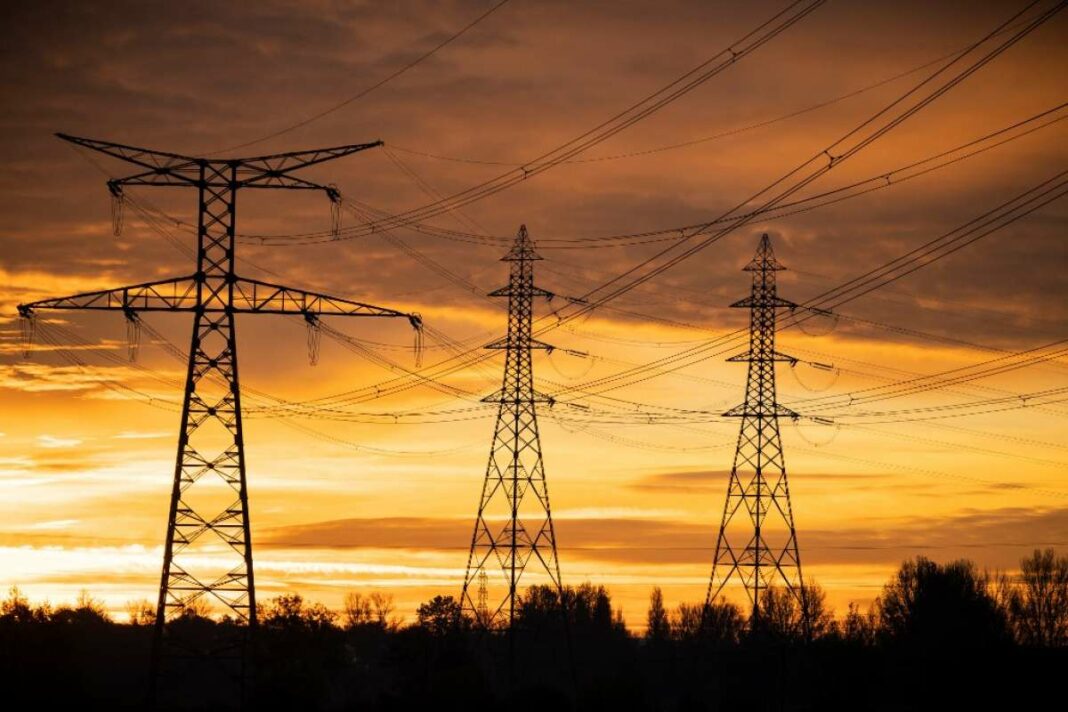RTE has announced a significant 100 billion euro investment to enhance France’s high-voltage network, aiming to modernize 40,000 km of lines by 2040. This initiative is designed to strengthen the electrical grid against extreme weather and aid in decarbonization efforts. While costs will be initially absorbed by RTE, they may eventually influence electricity tariffs through the Public Electricity Network Usage Tariff (Turpe). RTE assures minimal short-term impact on consumer bills, with a gradual cost amortization over approximately 40 years.
RTE has unveiled a groundbreaking investment aimed at upgrading the high-voltage network across France. This extensive initiative promises minimal impact on energy bills for consumers, as stated by the network manager.
With an astonishing budget of 100 billion euros, this comprehensive investment plan is set to refurbish or bolster 40,000 km of high-voltage lines by the year 2040. On February 13, RTE emphasized that this ambitious plan will have limited immediate effects on the electricity costs faced by the French populace.
Transforming France’s Electrical Infrastructure
This historic investment, the largest in half a century, is designed to modernize France’s electrical grid, making it more resilient to extreme climate events. It will also facilitate the decarbonization of the economy, which is essential for increasing electricity production and consumption while reducing reliance on costly imported fossil fuels by 2050.
While the total investment may seem daunting at 100 billion euros, RTE assures that it is a well-structured plan. The costs will initially be absorbed by RTE but are projected to be reflected in the long term on bills through the Public Electricity Network Usage Tariff (Turpe). This tariff is one of the three main components of the electricity bill, alongside the electricity cost and government taxes. Notably, from February 2022 to February 2024, the average bill for households on regulated tariffs has surged by 44% due to the ongoing energy crisis affecting wholesale electricity prices.
Understanding the Impact on Electricity Tariffs
RTE aims to alleviate concerns by stating, “In the short term, there are no consequences of investments on network tariffs; the amortization of investments takes place over a long period of approximately 40 years.” As such, future consumers will bear the costs associated with the networks that facilitate electricity transportation from production facilities.
According to RTE, after a recent decline, the share of the transport network in retail prices is expected to see a slight increase. However, the manager clarifies that the electricity transport network currently accounts for a minor portion of the regulated sales tariff, projected to be only 7% by 2025.
The level of network tariffs will be influenced by various factors, including actual consumption and production levels, inflation rates, interest rates, and revenues generated from cross-border electricity exchanges with neighboring countries. RTE further explains that the proportion of the bill attributed to network tariffs is contingent upon other bill components, such as production and marketing costs, as well as taxation.
The Turpe is designed to cover the costs associated with the development, maintenance, and operation managed by RTE and Enedis, the distributor responsible for delivering electricity to both businesses and households. Enedis itself faces substantial investment requirements, amounting to 96 billion euros from 2022 to 2040.
